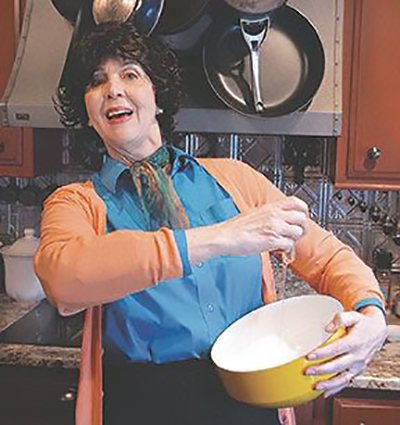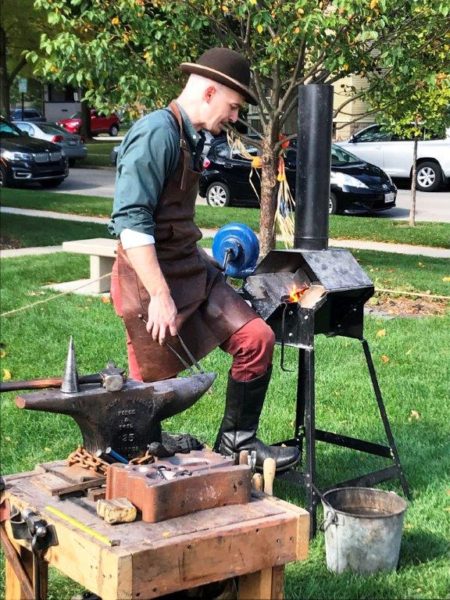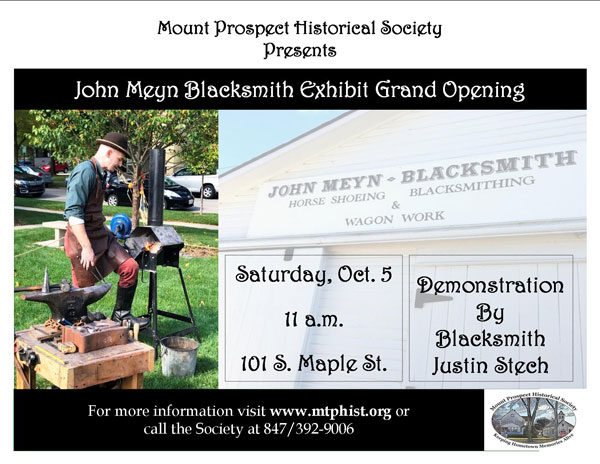November 7, 2020 – Julia Child — Her Life in France
Lynn Rymarz

Join me as I explore how Julia Child discovered her passion for cooking French food in her late thirties after she married Paul Child and moved to Paris in 1948. Hear Julia’s own words as she describes her love of French food and how she be-came determined to learn how to cook it. Follow her journey into the French cul-ture, including her visits to the local markets and into her cooking classes at the Cordon Bleu. She will share her struggles and her successes, including her own cookbook Mastering the Art of French Cooking, and her television show The French Chef. She will tell you herself she never would have had any of this without meeting the love of her life, Paul Child.
Location: Central School (103 S. Maple)
Time: 1 p.m.
Program Fee: $12 per person per session


